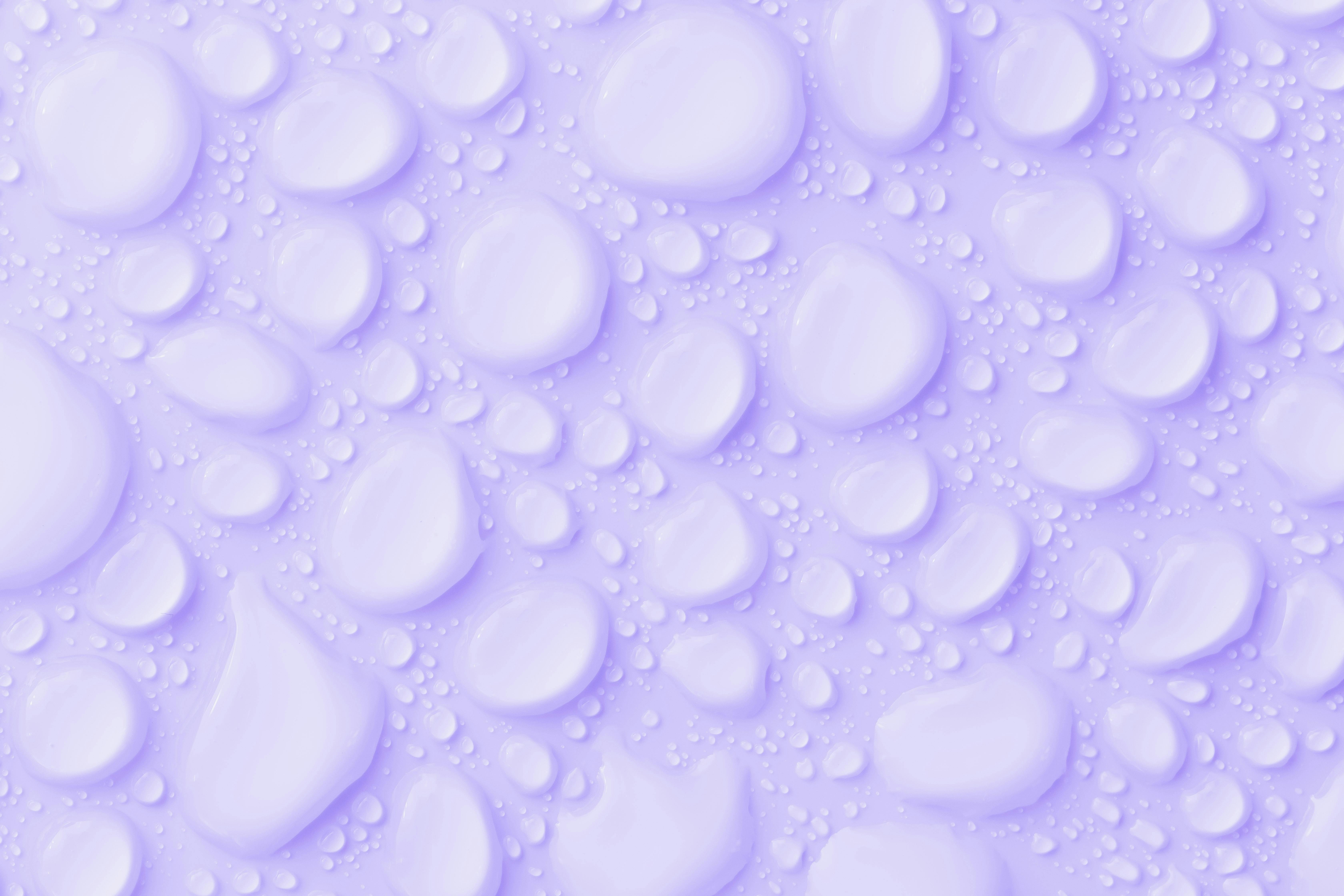Water is an essential part of life, and it’s important to understand the differences between various types of water. Purified water and distilled water are two such types of water, and there are important differences between them. This article will explore what purified and distilled water are, how they differ from each other, and why it matters.Purified water is water that has been treated to remove impurities such as chemicals, microbes, and other contaminants. Purified water is produced by a variety of methods including distillation, deionization, reverse osmosis and other techniques. It is often used for medical and laboratory purposes, as well as for drinking water.
What is Distilled Water?
Distilled water is a type of purified water that has had both impurities and minerals removed. It is created by a process called distillation, which involves boiling the water and then condensing the steam into a clean container. The end result is a clear, odorless liquid that has had most of its impurities removed.
Distillation is one of the oldest methods for purifying water, and it’s still in use today. It produces water that’s free from bacteria, heavy metals, and other contaminants. This makes it ideal for drinking if you’re concerned about what’s in your tap water. However, because distilled water has no minerals or other beneficial compounds, it may not be as healthy as regular tap or spring water.
Distilled water can also be used in certain medical treatments or procedures where it’s important to have very clean, pure water. For example, distilled water might be used to make solutions for intravenous injections or to fill containers used during dialysis treatments. Distilled water might also be used in aquariums to keep fish healthy since its lack of contaminants helps prevent algae growth.
Purified Water vs Distilled Water
Water purification and distillation are two common processes used to make water safe for drinking. Both processes involve removing impurities and contaminants from the water, but they differ in the way they accomplish this. Purified water is free of particles, microorganisms, chemicals, and other contaminants. Distilled water is also free of these substances, but it takes a more extreme approach to filtration than purification does.
Purified water goes through a variety of treatments to remove impurities from the water. This often includes reverse osmosis, carbon filtration, sediment filtration, and ultraviolet light treatments. These treatments reduce or eliminate the presence of particles, microorganisms, chemicals, and other contaminants from the water. The end result is purified water that is generally safe for drinking.
Distilled water takes a more extreme approach to filtering by boiling off any impurities present in the water. The process involves boiling off all impurities present in the water which are then collected as steam and condensed back into liquid form. This leaves behind only pure H2O molecules which are then bottled as distilled water. While this process may provide an even higher level of purity than purification can achieve, it can also be more costly and time-consuming to implement.
The bottom line is that both purified and distilled waters can be considered safe for drinking depending on your individual needs and preferences. Purified water can provide adequate levels of purity at a lower cost than distilled while still eliminating dangerous contaminants from your drinking supply. Distilled may provide an even higher level of purity than purification does but can also be more expensive to implement due to its time-intensive process.
Purified Water
Purified water is created through a process called reverse osmosis. In this process, water is passed through a semi-permeable membrane, which removes larger particles, such as bacteria and sediments, from the water. The purified water then goes through a further filtration process before being made available for use. This filtration process may include activated carbon filters, ultrafiltration systems, or ultraviolet light treatments to ensure the highest quality of purified water is produced.
Distilled Water
Distilled water is created by boiling the source of water and then condensing the steam back into liquid form. In this process, minerals and other impurities are left behind as the steam evaporates. The condensed steam is collected separately from the impurities, creating distilled water that is free from minerals and other particles. Distilled water can also be further treated with ozone or ultraviolet light to reduce bacteria levels before it’s made available to consumers.
Are There Health Benefits of Drinking Purified or Distilled Water?
The short answer is yes, there are health benefits to drinking purified or distilled water. Purified and distilled water are free of chemicals and impurities that can be found in tap water, making it a healthier choice for drinking and cooking. It has also been linked to improved hydration, better kidney health, and fewer gastrointestinal issues. In addition, purified or distilled water can help reduce your exposure to potentially harmful chemicals like chlorine, lead, and arsenic that are often found in tap water.
Purified or distilled water can also provide many other health benefits. It is often recommended for people with diabetes because it doesn’t contain sugar or other sweeteners that can raise the blood sugar level. Additionally, the lack of minerals in purified or distilled water may help reduce your risk of developing certain types of kidney stones. The lack of additives found in tap water also makes it a better choice for people who have sensitive skin as it does not contain harsh chemicals that can dry out the skin or cause irritation.
Finally, drinking purified or distilled water may also help improve overall health by providing essential minerals like calcium and magnesium that are needed for proper functioning of the body’s organs and systems. These minerals are often stripped from tap water during the purification process but are still present in purified or distilled water. By drinking this type of water you will be able to get these important minerals without having to take supplements.
Overall, there are numerous health benefits associated with drinking purified or distilled water. Not only does it provide many essential vitamins and minerals that are needed for proper functioning of the body’s organs and systems, but it is also free from potentially harmful chemicals that can be found in tap water. For these reasons, many people choose to drink this type of water instead of regular tap water for improved hydration and overall health benefits.

Purified or Distilled Water Taste Better than Tap Water?
When it comes to taste, purified or distilled water tastes better than tap water. Purified and distilled water goes through a multi-step filtration process that removes many of the impurities found in tap water. This means that the resulting liquid has fewer minerals, so it is much less likely to have an unpleasant taste. Additionally, the lack of certain minerals can give purified and distilled water a more neutral flavor profile, which many people prefer.
Tap water, on the other hand, can have a variety of different flavors depending on where it originates from. Some areas have higher concentrations of minerals like iron and sulfur, which can give the water an unpleasant metallic or chemical taste. Additionally, some bodies of water may be contaminated with bacteria or other microorganisms that can cause off-flavors in the resulting tap water.
Overall, purified and distilled water tends to taste better than tap water due to its lack of impurities and minerals. That being said, there are certain areas where tap water may still be preferable due to its unique flavor profile or its lower cost compared to bottled options.
Purified and Distilled Water
Purified and distilled water are two forms of water that have been treated to remove impurities. Purified water is created by passing water through a filter that removes contaminants such as particles, bacteria, and chemicals. Distilled water is created by boiling the water and collecting the steam, which contains only the purest form of water molecules. Both forms of water are safe to drink and are often used for drinking and cooking purposes. However, there are other uses for purified and distilled water beyond drinking and cooking.
Other Uses for Purified and Distilled Water
One of the most common uses for purified or distilled water is in home aquariums. Aquariums require clean, pure water to keep fish healthy, so purified or distilled water is often used to fill them. Purified or distilled water can also be used in cleaning products, such as window cleaners or laundry detergents, as it will not leave behind any residue that could damage surfaces or fabrics.
Another use for purified or distilled water is in scientific experiments. Many laboratories rely on purified or distilled water in order to achieve accurate results from their experiments. Additionally, many medical facilities use purified or distilled water when creating medications or other treatments that need to be free from impurities.
Finally, some people choose to use purified or distilled water for cosmetic purposes such as skin care products or makeup removers due to its purity and lack of impurities that could irritate sensitive skin.
Overall, although drinking and cooking are two common uses for purified and distilled waters, these types of waters can also be utilized in a variety of other ways including home aquariums, cleaning products, scientific experiments, medical treatments, and cosmetics.
Is It Safe to Drink Both Types of Water?
When it comes to drinking water, one of the most common questions people have is whether or not it is safe to drink both types of water. Tap water and bottled water both have their own advantages and disadvantages, so it can be difficult to know which one is best for you. In general, tap water is considered to be the safest option when it comes to drinking water. Tap water typically goes through a rigorous filtration process and contains fewer contaminants than bottled water.
However, bottled water can also be a safe choice if you are looking for an alternative to tap water. Bottled water undergoes a similar purification process as tap and may contain additional minerals that improve taste and overall quality. It is important to note that not all bottled waters are created equal, and some may contain harmful chemicals or contaminants that could be damaging when consumed in large quantities.
Overall, both types of water can be safe for consumption as long as they are properly filtered and tested for safety. When choosing between the two, it is important to consider your individual needs and preferences. If you have specific health concerns or are looking for additional minerals in your drinking water, then bottled may be the best option for you. However, if you are looking for a convenient solution with fewer contaminants then tap may be the best choice. Ultimately, the decision should come down to personal preference and what works best for your lifestyle.

Conclusion
When it comes to purified water and distilled water, there is a difference between the two. Purified water can come from a variety of sources and undergoes a variety of treatments to make it safe to drink. Distilled water has gone through an additional step of boiling and condensing to remove even more contaminants. Both purified and distilled water are safe to consume, but distilled water is the purest form available.
Ultimately, the choice between purified and distilled water comes down to personal preference. However, if you’re looking for the purest form of drinking water available, then opting for distilled water may be your best bet.

